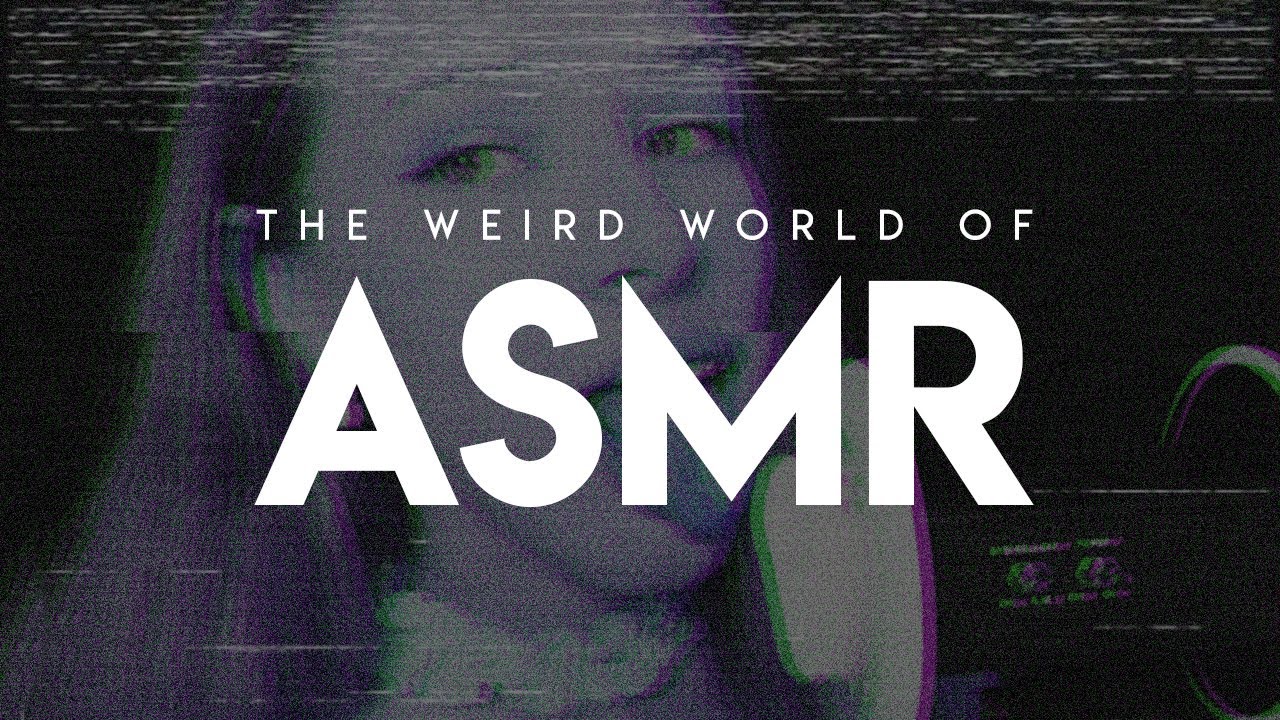The first documented case of ASMR was recorded in a paper published by the journal “Nature” in 1999. However, it wasn’t until a few years later, in 2007, that the term “Autonomous Sensory Meridian Response” was coined by Jennifer Allen, a resident of New York. Allen created a Facebook group for ASMR enthusiasts and began researching the phenomenon further.
From there, ASMR slowly began to gain recognition, with bloggers and online communities discussing and sharing their experiences with the sensation. However, it wasn’t until the advent of YouTube that ASMR truly exploded in popularity. In 2009, the first ASMR video was uploaded to the platform, and since then, countless creators have joined the ASMR community.

One of the early pioneers of ASMR on YouTube was Maria GentleWhispering, who began uploading videos in 2011. Her soft-spoken voice and gentle demeanor quickly drew in viewers, and she soon became one of the most popular ASMR creators on the platform. Other early creators included ASMRrequests and GentleWhispering, who both began uploading videos around the same time.
As ASMR grew in popularity, it began to attract the attention of mainstream media outlets. In 2013, the New York Times published an article about the phenomenon, and since then, ASMR has been featured in numerous news stories and documentaries.
Today, the ASMR community is incredibly diverse, with creators from all over the world experimenting with different triggers and techniques. Some focus on traditional triggers like whispering and tapping, while others incorporate elements of roleplay or explore more unconventional triggers like chewing or crinkling sounds.

The ASMR community has also become a hub for scientific research, with several studies published on the topic in recent years. In 2015, a study conducted by researchers at the University of Sheffield found that ASMR can have a positive impact on mood and well-being, while a 2018 study published in the journal “PLOS ONE” found that ASMR triggers can activate the same neural pathways as reward-seeking behaviors.
Despite its growing popularity, the ASMR community continues to face challenges and misconceptions. Many people still view ASMR as a niche or strange phenomenon, and some even dismiss it as a sexual fetish. However, for the millions of people who experience the pleasurable sensations of ASMR, it’s a valuable tool for relaxation and stress relief and a vibrant and welcoming community of like-minded individuals.

